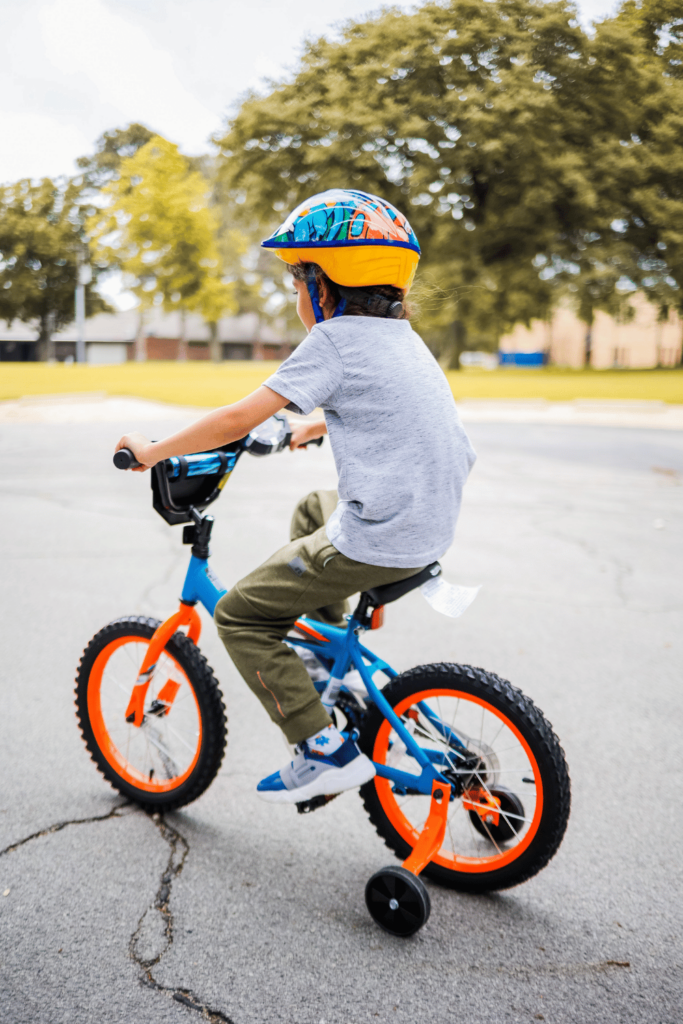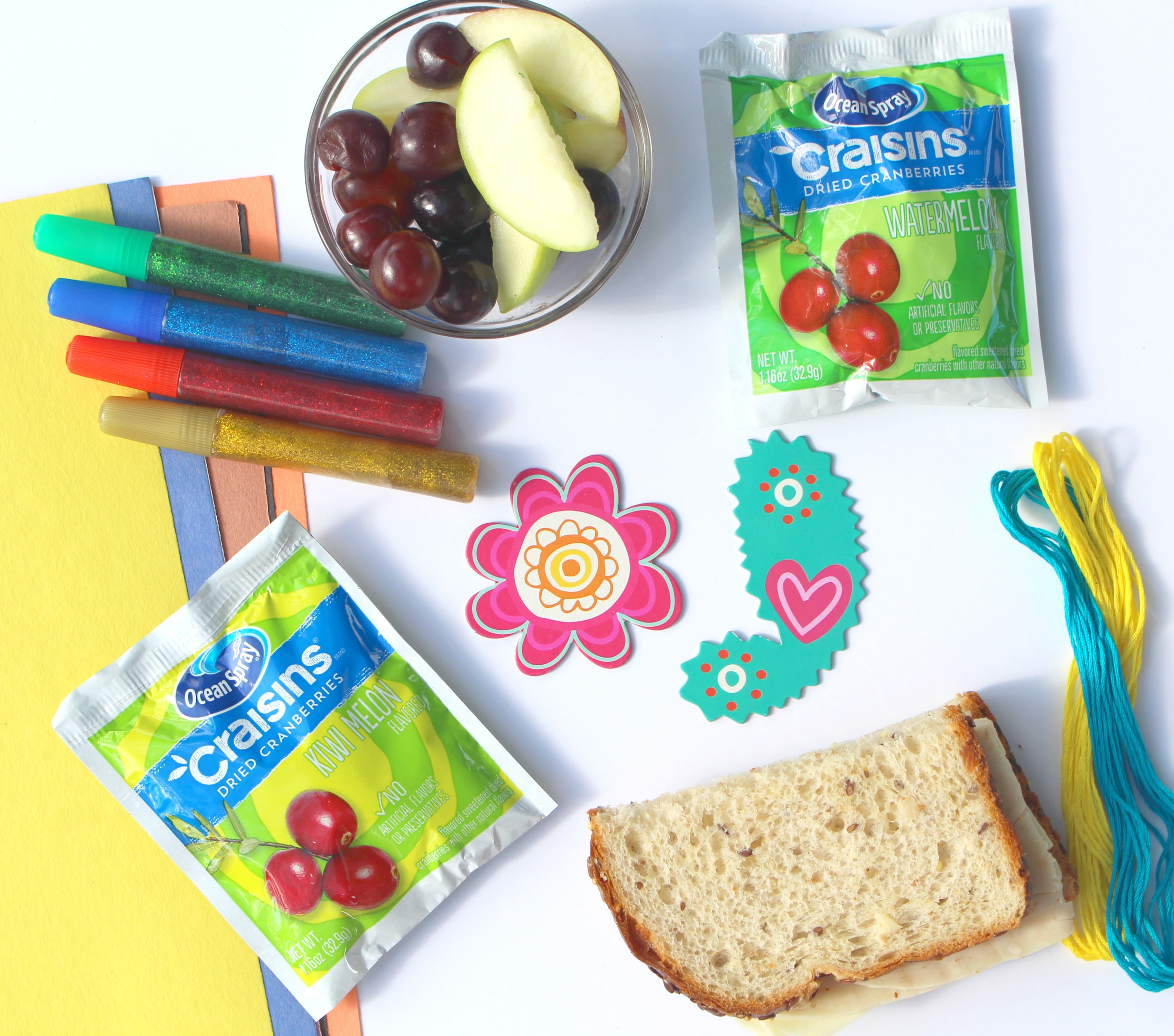Bicycle Safety Tips for Your Young Ones
Bicycling is a fun and healthy activity for children, offering them a sense of freedom and adventure. However, safety should always be a top priority, especially when they are sharing the streets with vehicles. As parents, it’s essential to teach your children the rules of the road and the importance of bicycle safety. This guide provides practical tips to help ensure your young ones stay safe while enjoying their rides.

Choosing the Right Bicycle
The first step in ensuring your child’s safety is to choose the right bicycle. The bike should be the correct size for your child. When selecting a bike, ensure there is a 1-2 inch clearance between the top tube and your child’s crotch when they straddle the bike. The seat height should allow your child to place the balls of their feet on the ground while sitting, which helps with balance and control. Additionally, make sure the handlebars are within easy reach, allowing your child to maintain a comfortable, upright posture. A properly fitted bicycle not only enhances comfort but also ensures better control and stability.
Essential Safety Gear
Equipping your child with the right safety gear is crucial. Here’s what they need:
- Helmet: A properly fitting helmet is non-negotiable. It should sit level on your child’s head, covering the forehead without tilting back. The straps should form a “V” shape around the ears, and the buckle should be snug under the chin. Make sure to look for a helmet with a CPSC certification.
- Bright Clothing: Dress your child in bright, reflective clothing to enhance visibility, especially in low-light conditions.
- Protective Gear: Elbow and knee pads, along with gloves, can protect your child in case of a fall.
Teaching Basic Bicycle Skills
Before letting your child ride on the street, it’s important that they master basic bicycle skills. Practice starting and stopping smoothly; your child should be able to come to a stop using both the hand and foot brakes. Encourage them to ride in a straight line, make controlled turns, and navigate obstacles. Teaching your child the proper hand signals for turning and stopping is also crucial. These include using the left arm out for a left turn, right arm out for a right turn, and left arm down for stopping. Mastery of these skills will ensure that your child is prepared to handle their bicycle in various situations.
Rules of the Road
Understanding and obeying traffic rules is essential for bicycle safety. Teach your child to always ride on the right side of the road, in the same direction as traffic. This practice makes them more predictable to drivers. They should also stop at all stop signs and red lights, and proceed only when it’s safe to do so. Emphasize the importance of looking left, right, and left again before entering an intersection or crossing a street. In busy areas, walking the bike across intersections using crosswalks can add an extra layer of safety. These habits will help your child navigate traffic safely and confidently.
Staying Visible
Visibility is critical for safety. Here are tips to make your child more visible to others:
- Use Lights and Reflectors: Many bike accidents occur because drivers are unable to see cyclists. Equip the bicycle with front and rear lights, especially if your child will be riding at dusk or dawn. Reflectors on the wheels, pedals, and frame also increase visibility.
- Avoid Night Riding: If possible, avoid letting your child ride after dark. If they must ride in low-light conditions, ensure they are well-lit and wear reflective gear.
Riding in Safe Areas
Choosing safe riding areas for your child, especially when they are still learning, is key to preventing accidents. Parks and bike paths are ideal as they are generally free from motorized traffic. Sidewalks and residential streets, while not entirely free from traffic, are typically safer than busy roads. These areas provide a controlled environment where your child can practice their skills and build confidence. As they become more experienced, they can gradually transition to riding in more challenging environments.
Supervision and Gradual Independence
Supervising your child’s riding as they learn the rules and develop their skills is important. Gradually giving them more independence as they demonstrate safe riding habits is a good strategy. Encourage your child to ride with friends, preferably with adult supervision initially. Group rides can be safer and more enjoyable. If your child rides alone, make sure they have a buddy system in place. Riding with a friend can provide extra safety and help in case of an emergency. Gradual independence allows your child to gain confidence and responsibility while ensuring their safety.
Regular Bike Maintenance
Regular maintenance ensures the bicycle is safe to ride. Teach your child basic maintenance tasks such as checking tire pressure, testing the brakes before each ride, and keeping the chain clean and lubricated. A well-maintained bike is less likely to malfunction, which can prevent accidents. Make it a habit to inspect the bicycle together regularly, turning it into a learning experience that emphasizes the importance of responsibility and safety.
Final Thoughts
Bicycling is a wonderful activity that promotes physical fitness and independence in children. By teaching your young ones these essential safety tips, you can help them enjoy their rides while staying safe. Remember, safety starts with the right equipment, proper skills, understanding road rules, and choosing safe riding areas. With these guidelines, you can ensure that your child’s bicycling adventures are both fun and safe. Happy and safe riding!







